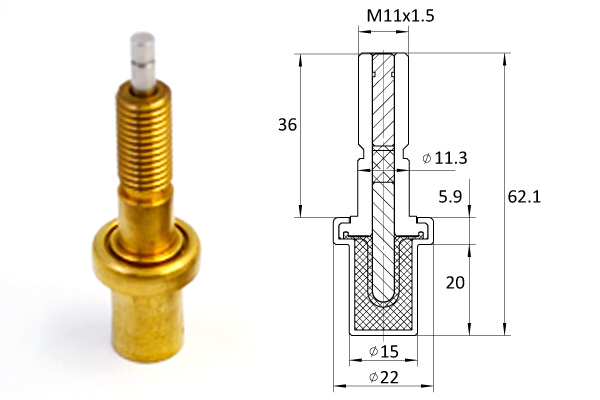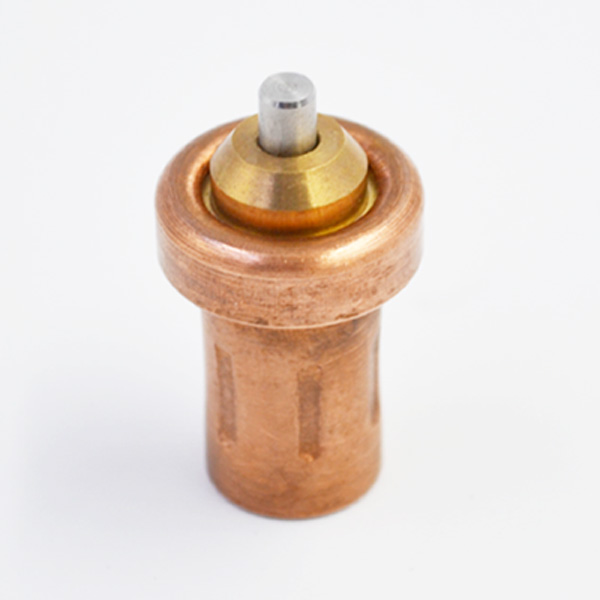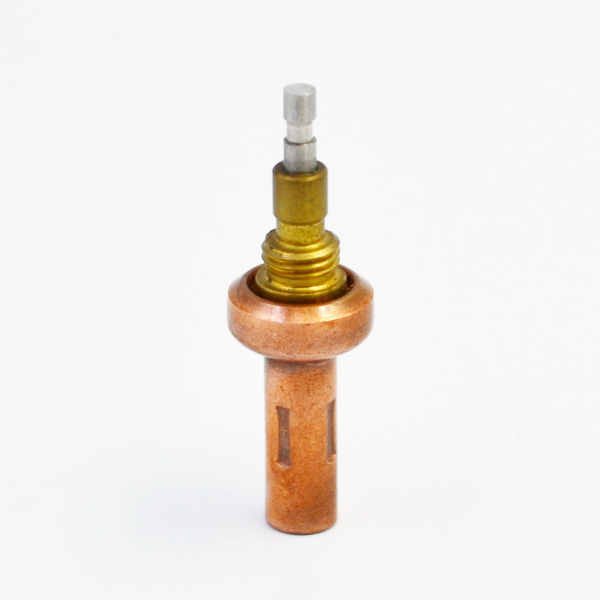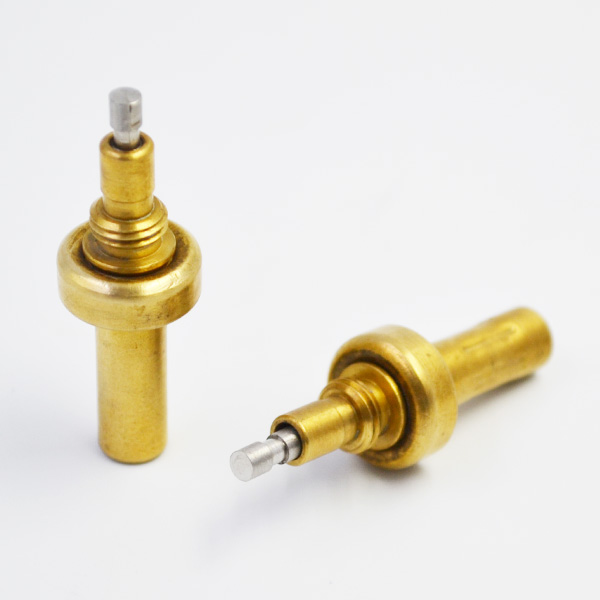Aiming at the problem that the uncertainty of network delay in the current remote experiment system has an impact on the experimental results, a remote experiment system based on neuron PID controller is designed. The algorithm of PID? NN neural network controller is studied and its convergence and stability are analyzed. The realization method of client/server network communication and control in remote experiment system is given. Finally, the response comparison experiment of the mechanical control arm in the laboratory is carried out. The experimental results show that the response overshoot, steady-state error and response time of the experimental system based on neuron PID controller are significantly less than those of the experimental system based on ordinary PID control method, which proves the correctness of the algorithm.
With the increasing scale of network and the decreasing cost of network hardware and software, the application of remote experiment system is more and more extensive. However, the time delay of network signal transmission [1?2] is uncertain, which will affect the results of remote experiments. In the current solution, the network controller with delay compensation function [3?4] will reduce the performance of the system, and can not effectively solve the problem of the influence of delay on the experimental results. In view of the above problems, this paper designs a remote experiment system based on Neuron PID controller. The parameters of the controller are adjusted by using the test parameters obtained from the delay prediction, which effectively solves the problem of network delay.
It is of great significance to the popularization and application of the remote experiment system.

The remote experiment system adopts three-tier client/server mode, which consists of I/O module, client and server. Management Server: Ensure the security of server and test system. The security of the network is guaranteed by coordinating the access order of multiple customers, setting user privileges and verifying user identity. Experimental server: First, the experimental parameters and commands input by the client are transmitted to the background for processing, and then the experimental data output by the experimental system are transmitted to the client in real time.
Before data transmission, the experimental server creates a point-to-point data transmission channel by socket connection with the background and client. Video Server: The camera first takes pictures of the operation of the experimental system, then transmits the captured pictures to the video server in the form of video signals, and the video server sends the processed pictures to the client in real time.
Through the video server, the client can clearly understand the operation of the remote experimental system while doing the experiment. As in the field operation, the principle of the remote experiment system is shown in Figure 1. In the experimental system, in order to simplify the system structure and achieve better real-time performance, the control algorithm is implemented on the server side. When the server receives the client’s request, it establishes a new Socket. The algorithm combines the PID control law with the neural network essentially, and designs the PID? NN algorithm. The hidden layer includes three units: proportion, integral and differential.

It belongs to dynamic forward network and is more suitable for remote experiment system.
As shown in Figure 2, the PID? NN controller is composed of input layer, hidden layer and output layer. It belongs to three layers of forward network, and its structure is 2?3?1. The input layer of the network consists of two neurons, the given parameter [r] of the input control system and the output parameter [y] of the controlled object, respectively. The hidden layer consists of three neurons which perform the functions of proportion (P), integral (I), and differential (D), respectively.

The output layer of the network consists of synthetic neurons which complete the control law of PID? NN. The self-adaptive adjustment function of the parameters of PID? NN is realized by back-propagation algorithm, and the control law of PID? NN is realized by forward calculation of the network [6]. In this paper, the control algorithm is realized by C programming, and the control of the mechanical control arm in the laboratory is realized. The control algorithm consists of learning and training weights. Substitution algorithm. Training Weight: The weight training is completed by the back-propagation algorithm of the PID? NN control system. The whole calculation can be completed by using the loop statement. The training flow of the neural network of the PID? NN algorithm is shown in Figure 3. Client: Complete the initial value and parameter setting of the experimental system, start the experimental system and complete the network communication with the remote server, generate control information, and monitor the status of the remote experimental object. Server side: collect experimental data and transmit it to the client in real time, while receiving remote instructions from the client side.

The system client uses a dialog application program composed of a main dialog box and several auxiliary dialog boxes. In the dialog box, the initial values of the corresponding experiments can be set. The overall process of the client implementation is shown in Figure 4. ClistenSocket class: Used to listen to ports and handle client connection requests. This class does not directly connect to client socket, but only listens. The control algorithm of neuron PID controller and conventional PID controller are used to compare the mechanical control arm in the laboratory. The training times of neuron PID controller are set to 300, and the experimental parameters are shown in Table 1.
Experiments show that the response overshoot, response time and steady-state error of the remote experimental system controlled by neuron PID are better than those of the conventional PID control algorithm. Based on the study of the algorithm of neural network controller based on PID? NN, a remote experimental system based on neuron PID controller is designed in this paper. The implementation method of the remote experiment system is given, thermostatic element which effectively solves the problem that the uncertainty of network delay in the current remote experiment system affects the experimental results.
Finally, the advantages of the remote experiment system based on neuron PID controller are proved by comparative experiments, which is of great significance to the popularization and application of the remote experiment system. However, the system designed in this paper belongs to the field control system, and can not control the remote experiment system in real time, which needs to be studied in the following work.
